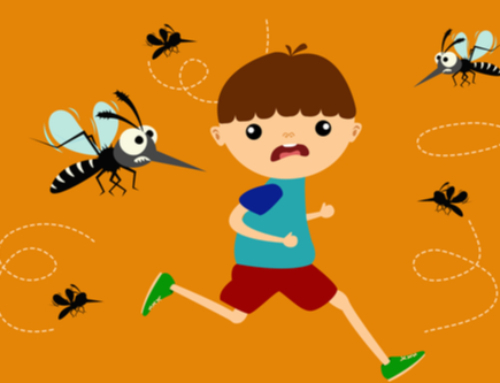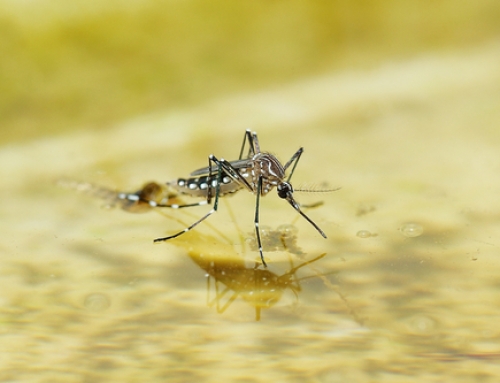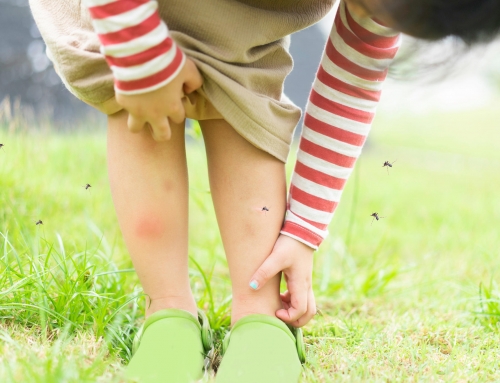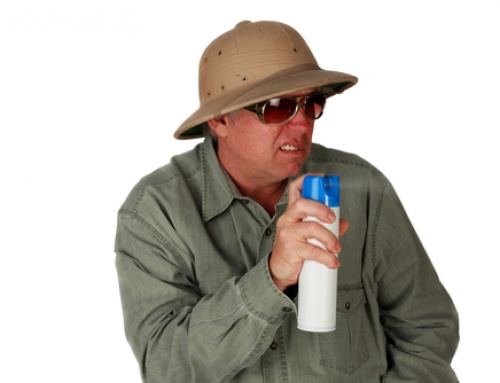How Do Mosquito Traps Work?
Want to know how a mosquito killer trap helps to get rid of the biting mayhem? Read ahead and find out how mosquitoes can be fooled into a trap, all for good.
It won’t be foolish to say that mosquitoes have been here since the dawn of humanity. They’ve been biting living beings and causing much of the trouble since then. It was necessary to adopt some practical mosquito control measures to live a healthy life and eliminate the regular blood-sucking affair.
With time, many mosquito control solutions came into existence. Mosquito misting systems, mosquito fogging sprays, and mosquito traps are a few of such products used to eliminate mosquitoes and ticks from every type of surrounding. Among these options, only mosquito traps are something that can be used both indoor and outdoor. Perhaps this is why mosquito traps are the most widely used mosquito control products and are getting popular in the Charleston region’s homes.
That being said, let’s cut to the chase – do you know how mosquito traps work? What is in these devices that make them the mosquito’s true enemy? Well, if not sure, let’s lend you some interesting information. Stick with this read and learn how mosquito trap works –
The Concept Behind Mosquito Traps
Mosquito traps are designed to attract mosquitoes and lure them into trapping and killing. In fact, mosquito traps don’t just intend to kill the incoming mosquitoes but also tend to affect their reproduction and population. These traps make use of the very fundamental science by which mosquitoes catch their prey. Mosquitoes track humans and animals by their breathing, and this is exactly what a mosquito trap mimics. Following the suit, mosquito traps attract mosquitoes by imitating human exhalation, which is primarily CO2. Some traps even work on light and heat to tempt mosquitoes and check their very existence.
To largely affect the mosquito population, the right bait is necessary to implement. Mosquito traps use light, heat, or CO2 attractant to attract mosquitoes into the trap. However, light and heat baits attract mosquitoes from close range, while CO2 baits can lure mosquitoes up to 1.5 acres. Also, light baits are strongly capable of attracting moths, but they don’t attract many mosquitoes.
Almost all mosquito traps generate heat, but it is not a strong sole attractant by itself like light and motion. But when combined with another attractant, it can effectively simulate humans for mosquitoes. This is why the majority of mosquito traps use Carbon dioxide as a primary attractant. In the CO2 based mosquito traps, a plume of CO2 is produced to attract mosquitoes, and to produce it, heat is also generated, which adds on as an additional attractant.
The mosquito traps primarily use propane to make carbon dioxide, or instead, a CO2 cylinder can also be used. Some traps use other similar attractants such as Octenol or Lurex to serve the purpose.
Octenol is an attractant that makes the plume of CO2 more intense and more like the human breath. It causes no harm to humans and other non-target organisms. It is also known as ‘mushroom alcohol’ due to its presence in some fungi and edible mushrooms. Lurex is a similar attractant, which especially attracts Asian tiger mosquitoes. It contains lactic acid, which helps in driving mosquitoes for a kill.
Now, as we know how mosquito traps lure mosquitoes into a trap, the next thing in question is how they are captured and killed. There are basically three ways to achieve this motive. Let’s find out what they are –
Methods Used to Kill the Caught Mosquitoes
Once mosquitoes are attracted to the trap, the next thing is to take care of how they are treated. As we know, only female mosquitoes bite, so catching them before they can reproduce is the best way to end their next generation. After attracting mosquitoes, the aim is to cut down their food chain and end reproduction.
The methods used to reduce mosquito populations include dry, wet, and sticky paper method. Each of these methods is effective with respective pros and cons. However, there are some products with further upgrades that make these methods more impactful. Let’s see how these methods take care of caught mosquitoes –
1. Dry method: In this method, the caught mosquitoes are swept in a tray, bin, or net, where they get dehydrated and die. The products with dry methods come at a low price and are easy to operate and clean. However, there is a chance that mosquitoes may escape the net or bin in low-priced products, but better traps can keep this from happening.
2. Wet method: The products using the wet method have a tray of liquid, which drowns the trapped mosquitoes. It is the best mosquito control method, with no costly maintenance. The primary benefit of this method is that the liquid you use can also be bait for mosquitoes. Apart from drowning, some best mosquito control traps use baited water with population control enzymes to affect mosquito growth.
3. Sticky paper method: Through this method, mosquitoes are vacuumed in a tray, where they stick to a paper and die. It is also an effective method with no hassle for the maintenance and cleaning of trays. However, it has the disadvantage of also harming species that aren’t targeted.
Are Mosquito Traps Effective?
Mosquito traps have proven to be an effective mosquito control technique. These devices do reduce the mosquito population in the targeted areas and check the spread of mosquito-borne diseases. Even if mosquitoes’ complete elimination isn’t possible, a significant reduction is noticed, and consumers are generally beyond satisfied. However, it is important to ensure that the traps are installed at the proper location, like mosquito traps’ right positioning results in the drop-down of mosquito infestation in a little time.
It is also to be noted that, according to the American Mosquito Control Association (AMCA), mosquito traps can kill an enormous and measurable amount of mosquitoes. Yet, many factors affect the behavior of mosquitoes in different conditions. The association also suggests that it’s highly unlikely that these devices will ever completely supplant community-wide mosquito control. Still, the individual and casual use of such devices do make quite an impressive difference.
Mosquito traps are reliable and helpful products for eliminating or reducing the population of mosquitoes in our surroundings. Several brands are building such products on which you can rely on. Knockout Mosquito offers to outperform mosquito trapping devices that kill a trapped mosquito and limit the egg-growth and kill the host 24 hours. We provide effective mosquito control services in Charleston, SC, and help homeowners live a happy life in a mosquito-free environment. Explore our efficient mosquito traps and our other mosquito misting and fogging products here!






